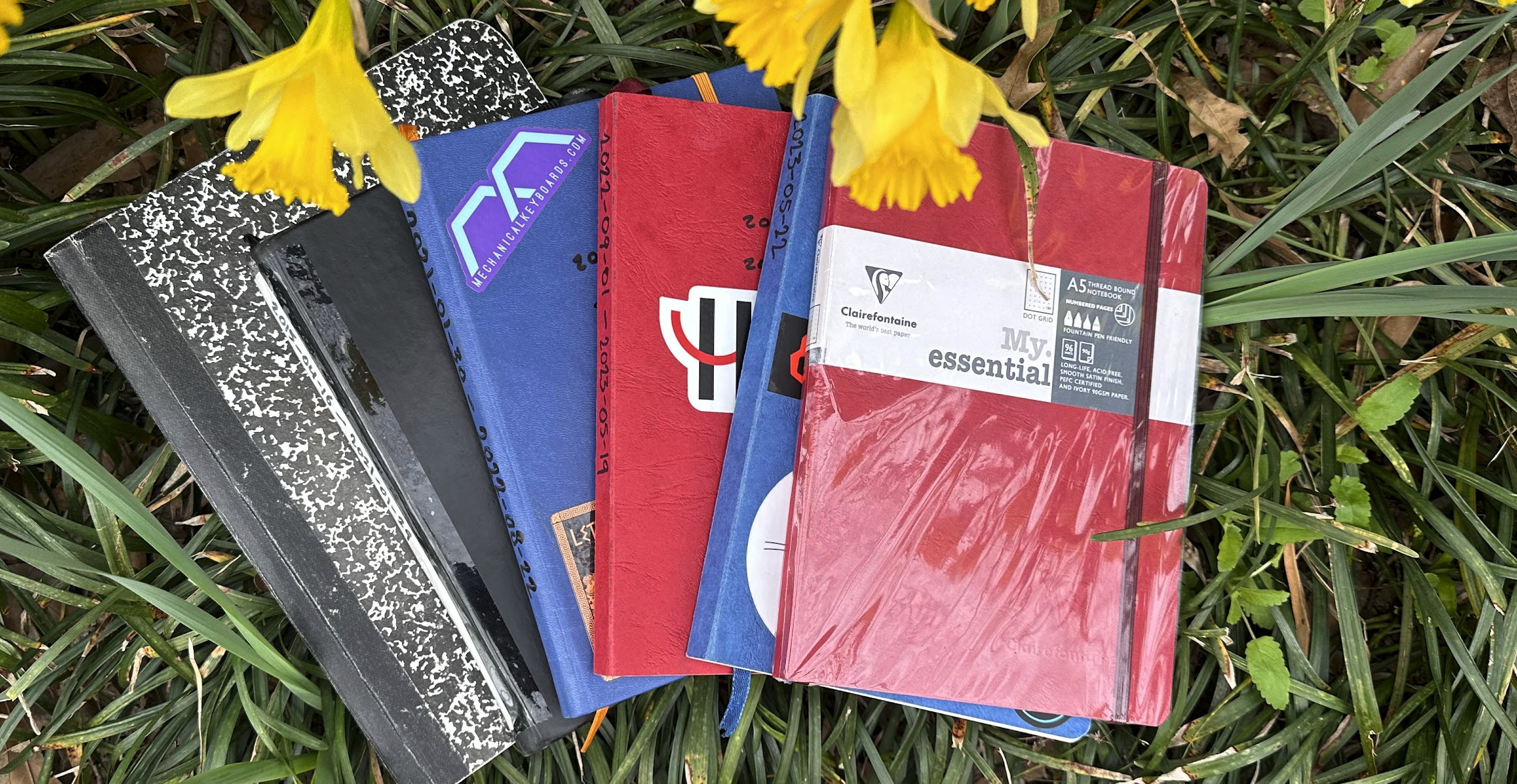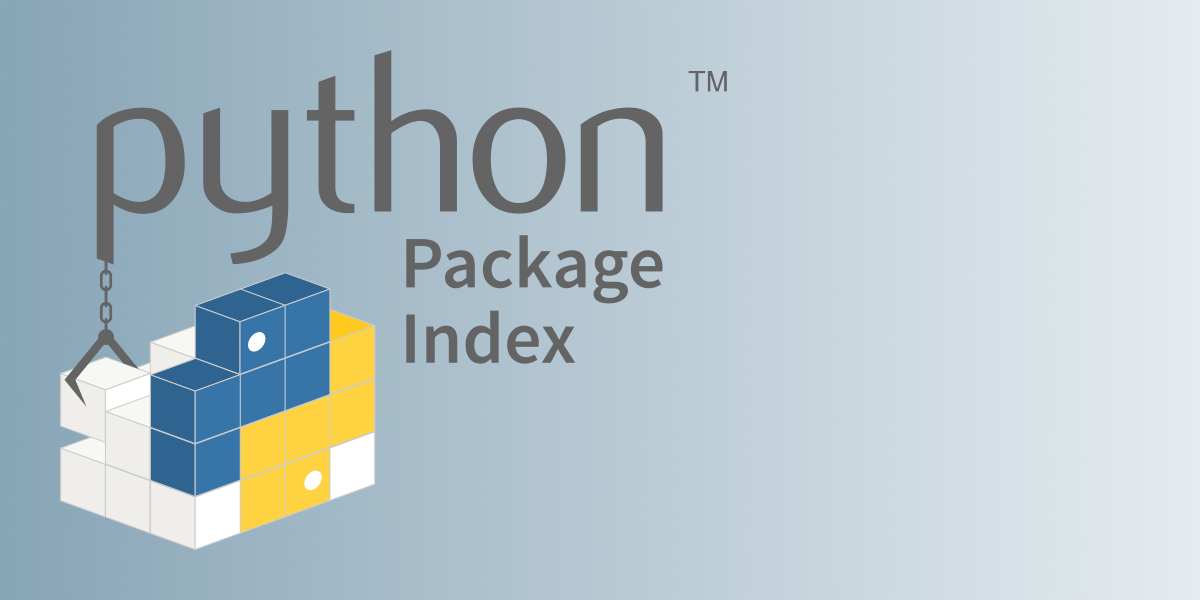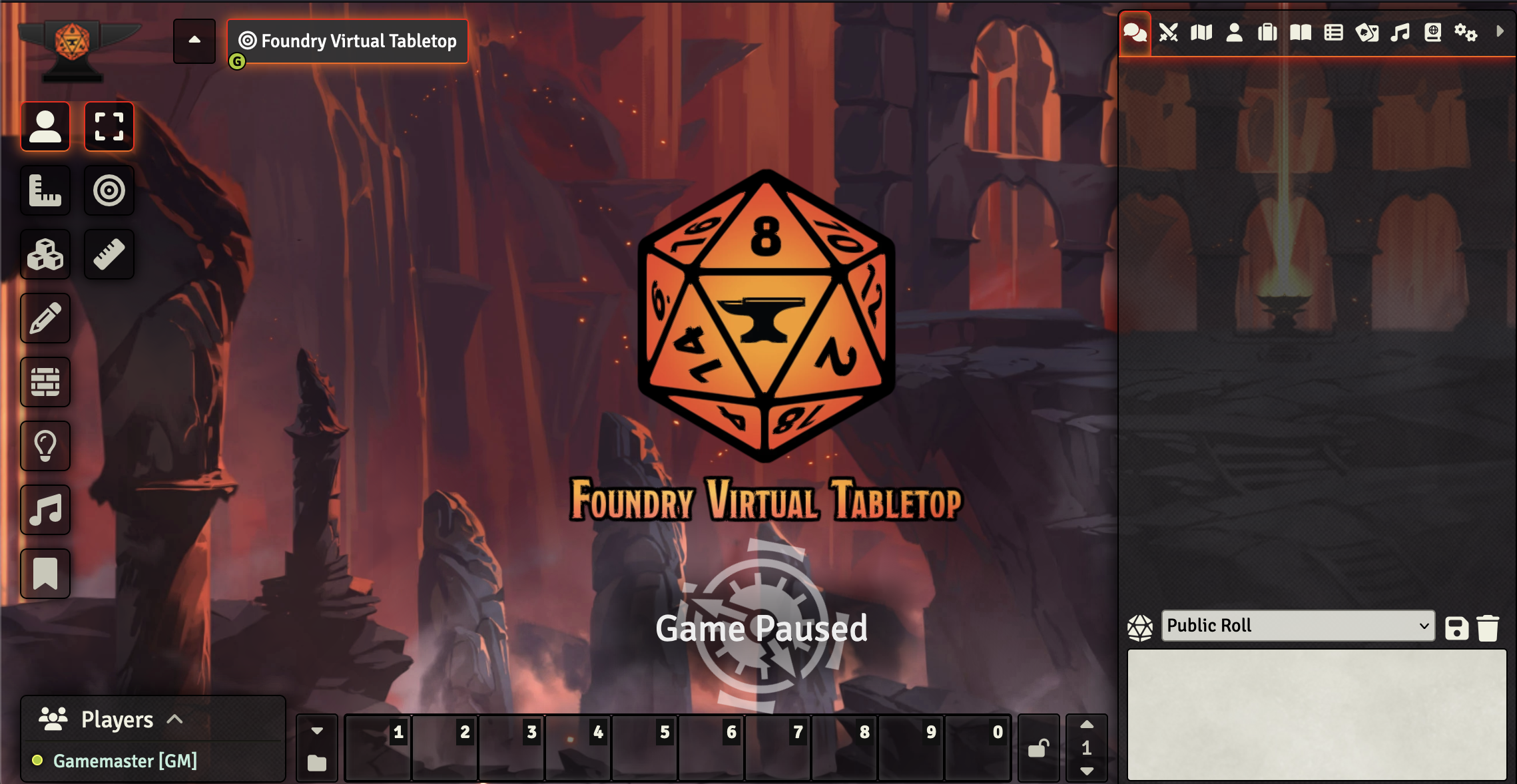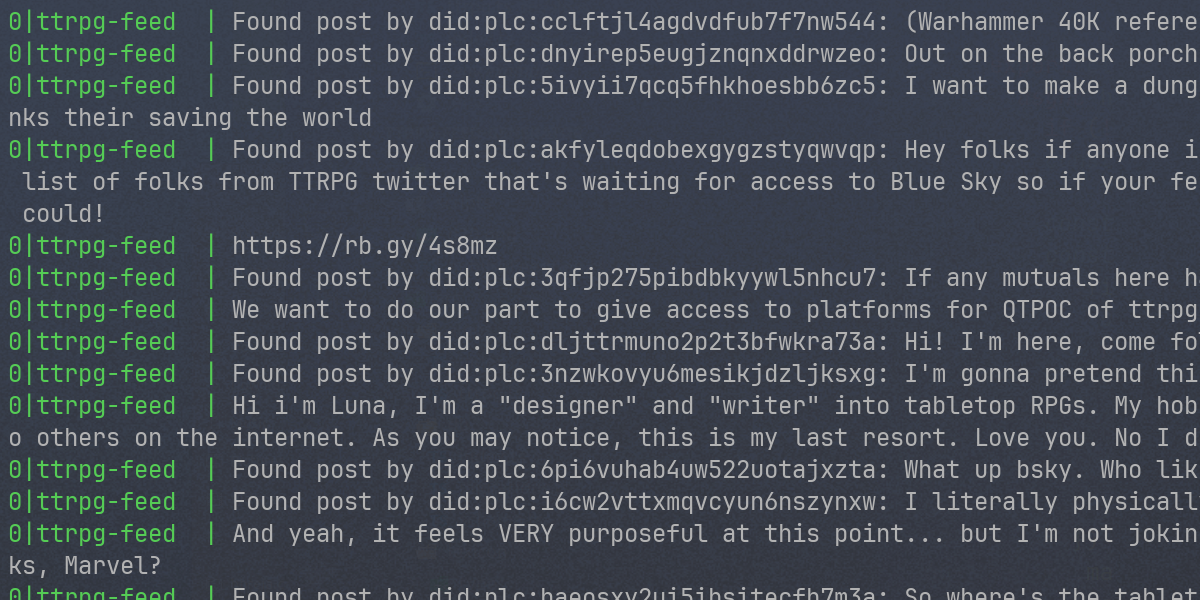OpenGL 3.0: Finally some news!
After waiting for a long time an update has been issued about the OpenGL 3.0 specification. While this is an update, there is still no specification but the promise that the OpenGL ARB is working hard on the spec is below.
You understandably want to know where the OpenGL 3 specification is. I have good news and some bad news. First the bad news. Obviously, the specification isn’t out yet. The OpenGL ARB found, after careful review, some unresolved issues that we want addressed before we feel comfortable releasing a specification. The good news is that we’ve greatly improved the specification since Siggraph 2007, added some functionality, and flushed out a whole lot of details. None of these issues we found are of earth-shocking nature, but we did want them discussed and resolved to make absolutely sure we are on the right path, and we are. Rest assured we are working as hard as we can on getting the specification done. The ARB meets 5 times a week, and has done so for the last two months, to get this out to you as soon as possible. Getting a solid specification put together will also help us with the follow-ons to OpenGL 3: OpenGL Longs Peak Reloaded and Mount Evans. We don’t want to spend time fixing mistakes made in haste.
Here’s a list of OpenGL 3 features and changes that we decided on since Siggraph 2007:
- State objects can be partially mutable, depending on the type of the state object. These state objects can still be shared across contexts. This helps in reducing the number of state objects needed in order to control your rendering pipeline. For example, the alpha test reference value is a candidate to be mutable.
- We set a minimum bar required for texturing and rendering. This includes:
- 16 bit floating point support is now a requirement for textures and renderbuffers. Supporting texture filtering and blending is still option for these formats.
- S3TC is a required texture compression format
- Interleaved depth/stencil is a required format for FBO rendering
- At least one GL3-capable visual or pixel format must be exported which supports front-buffered rendering.
- OpenGL 3 will not have support for the GL_DOUBLE token. This means it will not be possible to send double precision vertex data to OpenGL.
- A format object has to be specified per texture attachment when a Program Environment Object is created. This helps minimize the shader re-compiles the driver might have to do when it discovers that the combination of shader and texture formats isn’t natively supported by the hardware.
- GL 3 will only cache one error, and that is the oldest error that occurred.
- The OpenGL pipeline will be in a valid state once a context is created. Various default objects, created as part of the context creation, will have reasonable default values. These values are such that a simple polygon will be drawn into the window system provided drawable without having to provide a Vertex array object, vertex shader or fragment shader.
- GLSL related changes:
- GLSL 1.30 will support a #include mechanism. The actual shader source for the #include is stored in a new type of object, A “Text Buffer” object. A text buffer object also has a name property, which matches the string name specified in a #include directive.
- Legacy gl_* GLSL state variables are accessible through a common block.
More details will follow soon in an upcoming OpenGL Pipeline newsletter.
Barthold Lichtenbelt
OpenGL ARB Working Group chair




